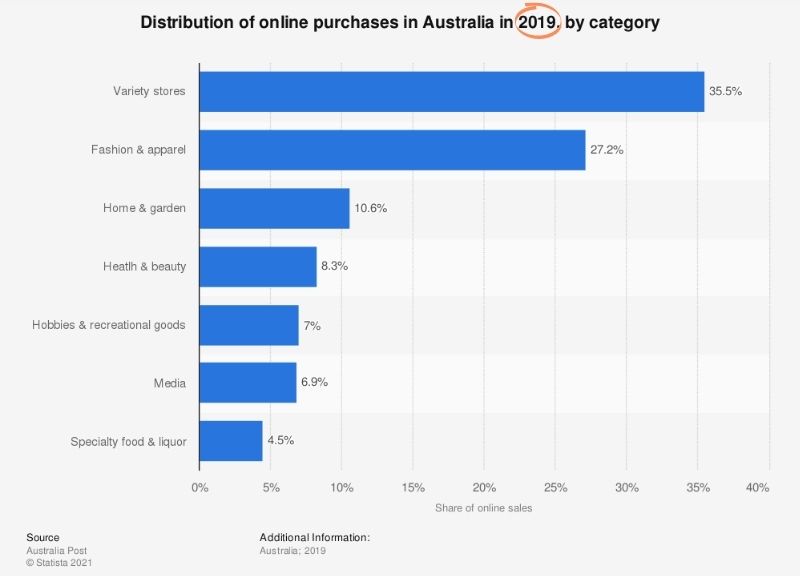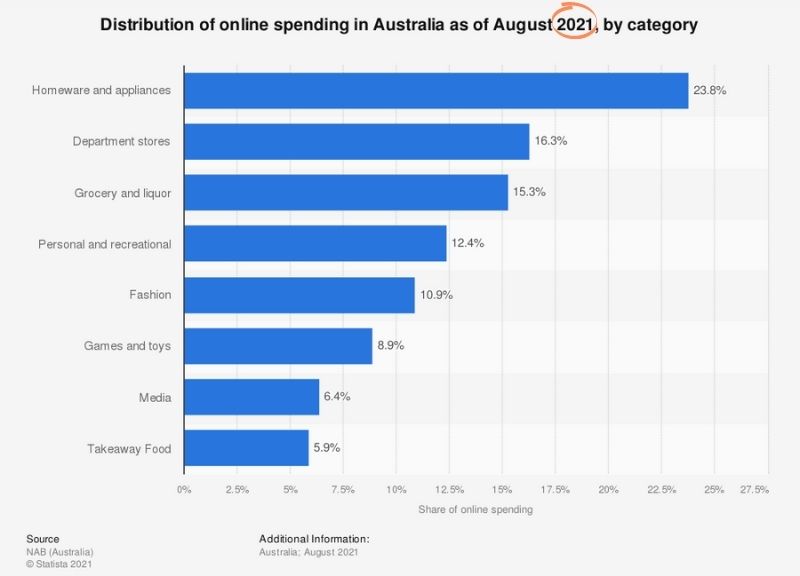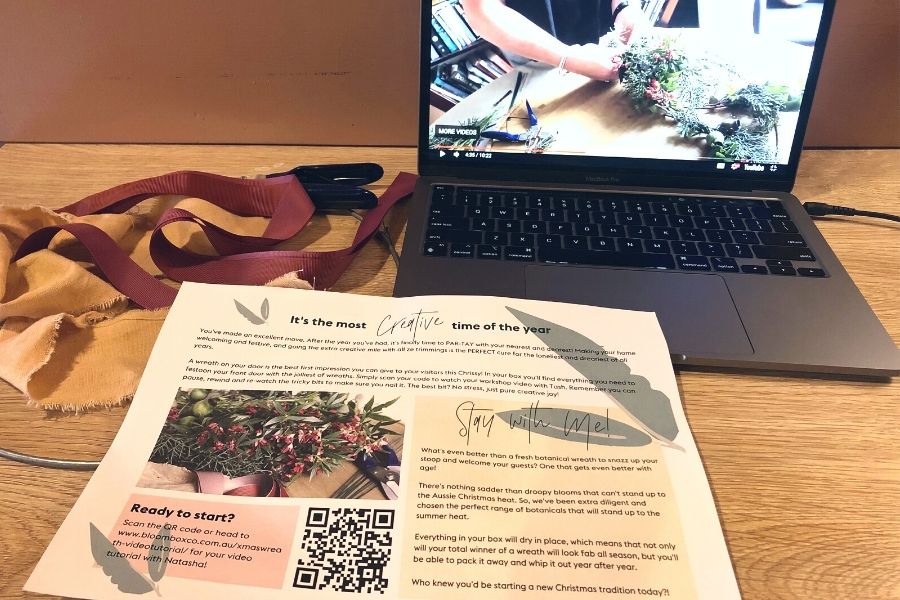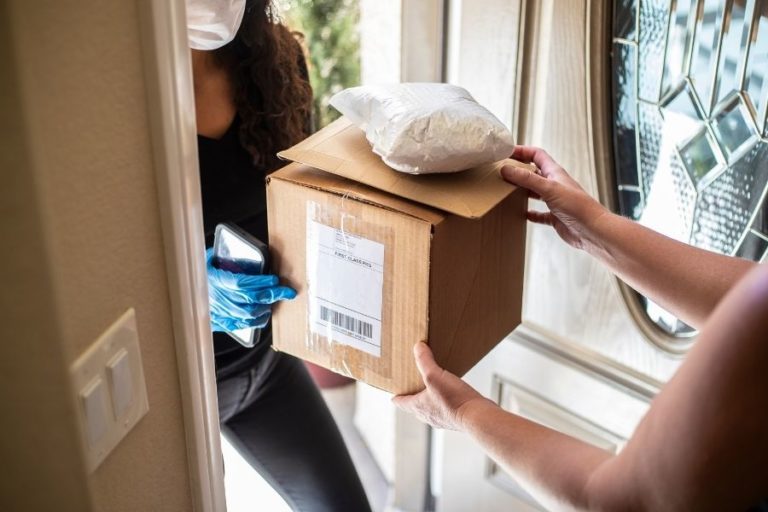Growing a business is about continually achieving a level of sustainability… if you aren’t achieving sustainability, you are dying. As business owners, we all appreciate this and for many of us, that’s what keeps us awake at night.
Before we dive into a discussion of sustainability in the digital era, we should talk about the social journey of digitisation we’ve experienced collectively.
Many of us have experienced multiple digital eras all in a relatively short period of time. There have been layers of digitalisation that have continually changed requirements on business to be competitive, but never before have there been so many opportunities for growth through digitalisation for both big brands and small and medium businesses.
Perhaps you can relate to this timeline:
Late 80's & Early 90’s
Internet access
The internet starts to become public knowledge and people start getting connected.
Mid 90’s
Business sites
Companies in Australia are developing their first “internet sites”.
1998
People can actually search the web thanks to the launch of Google.
2004
Facebook transforms the way we use the internet to connect with community.
2005
YouTube
The launch of the video-sharing platform YouTube signals the start of a new form of content creation.
2007
iPhone
Release of the first iPhone – an innovation that changed the role of mobile phones in our lives. They are now an extension of our hands, wrists and ears.
2010
The launch of Instagram again changed the way that people share their lives, their travels and the products they love.
Over the 10 years that followed, we operated in a continually and rapidly changing business environment enabled by digital technology and accelerated by growth and interconnectivity of mobile technology and social media, spiced up by innovative companies increasing personalisation of the customer experience in marketing and online shopping.

Businesses kept getting more digital bit by bit and started to adopt “digital-first” and “always-on” approaches, which predominantly enabled them to reach and connect with more customers…it was about marketing.
Then this thing blindsided people and businesses across the world…COVID-19. Whilst causing economic decline, the pandemic has also been the catalyst for business growth, driven by consumers’ needs to purchase essentials and entertainment, in a convenient, contactless way.
Of the many social trends that COVID has kickstarted, there are three key developments that are relevant to small businesses as they progress into 2022.
Trend #1 – Online shopping & payments
Online shopping has kicked into overdrive since the start of the pandemic. Australia Post reported that as of August 2021, online purchases had grown 23.4% over the previous 12 months.
When we compare Australia’s online spending habits in 2019 with those of 2021 we can see increases in essential items being bought online such as food & drinks, health products and household appliances. These are indicators of the needs of consumers to purchase, but the desire or need to do it from the safety of their own homes.


After almost two years of building this habit, Australians have developed a preference for the convenience and reliability of online shopping. Even when retail shops have reopened and lockdown restrictions have been lifted, we still did almost half of our Christmas shopping online (source: reviews.org).
Another massive area of growth has been in fin-tech companies… despite the economic slowdown. In 2020 PayPal grew by 21% and the new, popping-up-everywhere digital payment solution, Square, grew by 101%. A good portion of this growth can be attributed to the Silver Tech generation, aged 50 to 75 years old, who previously had been reticent to purchase online, but in COVID found it to be the answer to their lockdown problems and could provide them with physical safety whilst they acquired essential items; and they learned that they could do contactless digital payments both online and offline.

What does this mean for small businesses? The time to start selling online is yesterday. The segment of the market that is comfortable shopping online has grown. In the past, some business owners have been reluctant to make their products available for purchase online because their market preferred to buy in-store only. In a mid/post-pandemic market, everyone is an online shopper.
Trend #2 – Video throughout the customer journey
The most frequently said three-word phrase over the last 18 months is “you’re on mute”. Wouldn’t you love to be a shareholder in Zoom? Zoom meeting participants increased by 2,900% over the previous year in January 2021; and Zoom’s value exceeded $100 Bn during the pandemic, which is a 383% increase on its value the year before. I don’t think any of us would argue that working from home isn’t here to stay!
But aside from keeping businesses, families and friends connected, video has served an important role in the marketing and service delivery for businesses who have been smart enough to use it.
Video should no longer be considered purely a marketing tool to promote your products. Businesses have been creatively using video throughout the customer journey from start to finish. Video allows businesses to invite their customers closer in to the brand by offering them education and entertainment.
Expectations in terms of the professional quality of videos have also been relaxed. With the rise of Tiktok and Instagram Reels, businesses have been given the opportunity to show off their creative and silly sides by recreating trending voiceover or dance videos. Imperfections in videos like these humanise businesses and allow them to show the playful side of their brand personality.
View this post on InstagramA post shared by Chartered Accountants Sydney (@advisory_corp_accountants)
Once a customer has engaged with a business, video can serve as a great tool for providing assistance from a distance. This florist selling DIY Christmas wreaths provided a printed card that directs customers to a video tutorial that would guide them through the process of creating their own Christmas wreath using the kit they had purchased. As you can see from the photo below, the florist has also taken advantage of the resurgence of QR codes to make the process as simple for their customers as possible.

Post-purchase video support can also provide advice and guidance for customers to help them make the best use of their purchase and to troubleshoot problems they might encounter.
Earthmoving Attachments Australia are a business in the construction/landscaping industry that is known for their video content. Rob from the EAA team seizes the opportunity to gather video testimonials from happy clients on-site after he delivers a product to them.
For businesses that do not get the opportunity for face to face interactions with their customers, tools like VideoAsk can help to gather video testimonials that can be used to promote and legitimize their product.
Trend #3 – Improvements in customer service
I think an excellent outcome of increased digitisation and COVID has been an improvement in customer service.
Large companies in the financial sector and tech giants like Apple have led the way by showing empathy…that’s a word we didn’t used to hear in business did we? Relieving financial pressure on their customers when they couldn’t keep up monthly payments.
For companies that have won and grown in COVID they have not taken a cost savings approach, they have gone for growth! Two of the hallmarks of those growth strategies have been to first, invest in technology to improve their customer’s experience; and secondly, increasing customer service staff to provide human connection, with those staff working from home. They have enabled their customers and they have enabled their staff.
Personalised service has become a basic expectation of the consumer experience. At least 66% of customers expect brands to understand their needs and expectations (source: Salesforce). In practice, this means remembering personal information, such as location, preferences and shopping history, and providing tailored recommendations based on that information.
In order to do this, businesses need to be collecting quality data from their customers and using the data they do have to make changes that are meaningful for their target market. One valuable data source (besides your e-commerce data) is your online reviews. If you are receiving negative feedback, use the information you’ve been provided as an opportunity to improve for other customers.

The other big shift in customer service we’ve seen in the past few years is the widespread adoption of live chat tools. Having immediate access to a customer service assistant is a big plus for many consumers because it gives them the opportunity to have questions answered on the spot without needing to pick up the phone or wait for a response via email. Live chat is also proving to be a handy way for businesses to assist customers. Many responses to common questions and requests can be automated.
Summary
What wisdom from the past two years can we bring with us into 2022? To my mind, businesses should be channelling their energy into improving the customer experience both on and offline.
Look for opportunities at the different stages of your customer’s purchase cycle to provide them with a personalised, enjoyable, efficient service on their terms. Look at pre-sale, purchase and after sale periods. How can you better meet their needs by having a website tailored to your customer’s needs, using live chat, video, access to a real human, easy and safe purchasing online.



